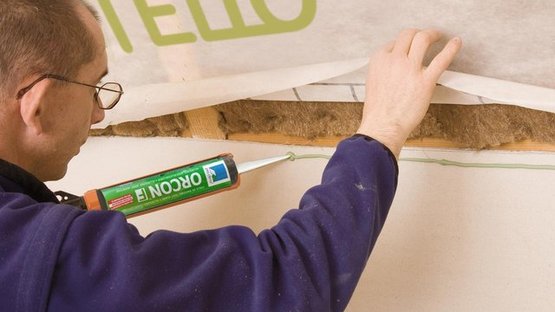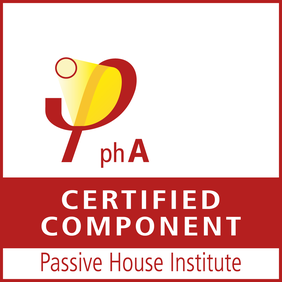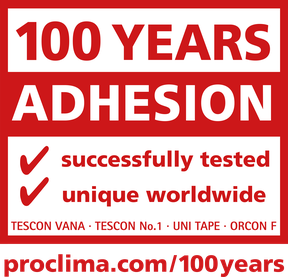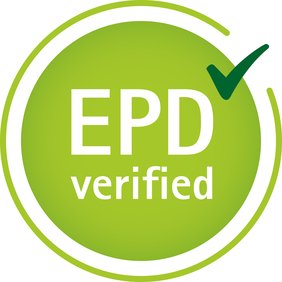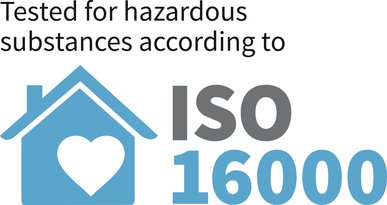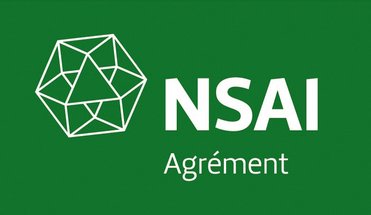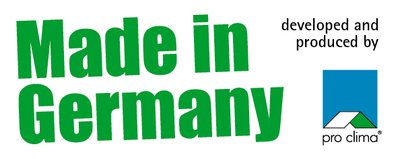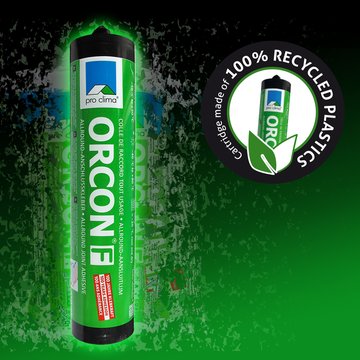All-round joint adhesive for interior and exterior use
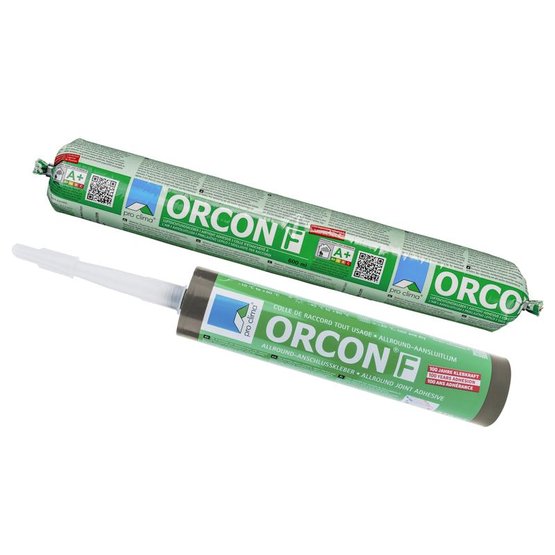
Advantages
- Reliable adhesion even during frosty conditions: can be worked with above –10 °C (14 °F)
- Particularly durable: adhesion for 100 years, independently tested and confirmed
- Ensures firm and permanently elastic adhesion
- Ensures reliable joints: penetrates deep into the subsurface, remains elastic
- Test winner in April 2012 with the German product-testing foundation ‘Stiftung Warentest’
- Construction in adherence with standards: for airtight sealing in accordance with DIN 4108-7, SIA 180 and RE 2020
- Can be stored down to -20 °C (-4 °F). Material does not freeze in the tube
- Excellent values in hazardous substance testing, has been tested according to the ISO 16000 evaluation scheme
Areas of application
- Creation of airtight seals between adjacent surfaces and vapour check and airtight membranes of all kinds, including all pro clima vapour checks and airtight membranes (e.g. pro clima INTELLO, INTELLO X, DB+, DASATOP and DA).
- Creation of windtight seals between adjacent surfaces and roofing underlay membranes of all kinds (PP, PET). Sealed joints between adjacent surfaces and the pro clima SOLITEX MENTO series, SOLITEX QUANTHO, SOLITEX ADHERO or SOLITEX UM connect, for example, meet the requirements specified by the German ZVDH product data sheets.
- Windtight adhesion between adjacent surfaces and breather membranes (e.g. pro clima SOLITEX FRONTA series).
- Sealing overlaps and joints for trickle protection membranes.
| Coverage | |||
|---|---|---|---|
| Delivery form | Content | Bead width | Coverage |
| Cartridge | 310 ml (10.5 US fl oz) | 5 mm (3/16") | ~15 m (50 ft) |
| 8 mm (5/16") | ~6 m (20 ft) | ||
| Foil tube | 600 ml (20.3 US fl oz) | 5 mm (3/16") | ~30 m (100 ft) |
| 8 mm (5/16") | ~12 m (40 ft) |
Installation instructions
General conditions
The adhesive joints created must not be subjected to tensile forces.
The product achieves its final level of strength only when it has dried. This should be taken into account if airtightness measurements are to be carried out or if blown-in insulation material is to be installed directly after application of this adhesive. It may be advisable to implement protective measures such as mechanical reinforcements in the case of subsurfaces that have insufficient stability.
Ventilate continuously and systematically to prevent build-up of excessive humidity; use a dryer if necessary.
Substrate
Clean subsurfaces before applying adhesive. Mineral surfaces (plaster or concrete) may be slightly moist. Adhesion is not possible on frozen surfaces. There must be no water-repellent substances (e.g. grease or silicone) on surfaces to be sealed. Subsurfaces must have sufficient stability – if necessary, a mechanical support (pressure lath) must be used (e.g. on crumbling subsurfaces).
Permanent adhesion is achieved on all pro clima interior and exterior membranes, on other vapour check and airtight membranes (e.g. those made of PE, PA, PP and aluminium) and on other underlay and breather membranes (e.g. those made of PP or PET). Seals can be created on mineral subsurfaces (e.g. plaster or concrete), roughly sawn or planed wood, and hard wood-based panels (chipboard, OSB, plywood, MDF panels).
The best results in terms of achieving a well-protected structure are achieved on high-quality subsurfaces. It is your responsibility to check the suitability of the subsurface; adhesion tests are recommended in certain cases.

